Unleashing Creativity: How AI is Transforming Art and Design
Introduction
As we venture deeper into the 21st century, technology continues to reshape various industries, with art and design among the fields undergoing significant transformation. Artificial Intelligence (AI), in particular, stands at the forefront of this transformation, pushing the boundaries of creativity, enabling new forms of expression, and redefining the role of artists and designers. In this article, we explore how AI is revolutionizing art and design, the implications of these changes, and the future trajectory of creative industries.
The Intersection of Art and Technology
The relationship between art and technology is not new. From the invention of the camera to digital painting software, each technological advancement has influenced artistic practices. Today, AI introduces a new layer of complexity and potential to this relationship.
The Rise of Generative Art
Generative art refers to art created with the assistance of algorithms and self-running systems. AI tools can produce images, music, and even literature, expanding the definition of what constitutes art. Artists like Refik Anadol and Mario Klingemann are utilizing AI to generate stunning works that challenge traditional artistic notions. These generative systems analyze vast datasets and create new, unique pieces; they can seamlessly blend styles, analyze trends, and experiment with virtually limitless creative options.
AI as a Collaborative Tool
In addition to being a standalone creator, AI acts as a collaborative tool for artists and designers. By providing suggestions, enhancements, and unexpected alternatives, AI can help overcome creative blocks, offering fresh perspectives that might not arise in traditional creative processes. Tools such as Adobe’s Sensei and Canva’s Magic Write harness AI to streamline workflows and boost productivity, allowing artists to focus more on conceptualization than technical execution.
The Impact on Traditional Art Forms
Painting and Visual Arts
One of the most visible impacts of AI on visual arts is through algorithmic painting. Artists like Robbie Barrat utilize neural networks to create new works, merging classical technique with modern technology. Algorithms can learn from vast libraries of existing artworks, extracting motifs, styles, and color palettes. As a result, artworks can be generated that resemble famous styles or even fuse multiple influences into a single piece.
Case Study: AICAN
AICAN is an AI artist developed by Dr. Ahmed Elgammal at Rutgers University. The system is trained on thousands of artworks spanning various styles and periods. AICAN can produce paintings indistinguishable from those created by human artists. Interestingly, AICAN’s art has even been featured in galleries and sold at auction. This raises questions about authorship and artistic value in the age of AI-generated art.
Music Composition
AI’s influence on music is equally profound. Algorithms can now compose original pieces in various genres, analyze music trends, and even create music that adapts to listener preferences. Platforms like OpenAI’s MuseNet and Google’s Magenta demonstrate these capabilities, generating music that ranges from classical motifs to contemporary pop soundscapes.
Case Study: “Hello World” by Taryn Southern
A pioneering example of AI in music is Taryn Southern’s album “I AM AI.” Southern collaborated with AI platforms to compose tracks, blending her vocals with music generated by AI. This project highlights the potential for AI not only to compose music but to coexist with human creativity in exciting and innovative ways.
Graphic Design and Marketing
AI is transforming graphic design by automating repetitive tasks and enhancing creative workflows. It can analyze market trends, consumer behavior, and color theory to produce designs that are not only aesthetically pleasing but also strategic in their appeal. Tools like Canva and LogoMakr allow users to create professional designs quickly using AI algorithms that understand design principles.
Case Study: Designify
Designify is an AI-powered tool that simplifies the graphic design process. By automatically generating design variations based on user input, it helps marketers and designers create engaging visuals efficiently. This frees up time for more complex creative tasks, allowing teams to focus on strategy and innovation.
Challenges and Ethical Considerations
While the integration of AI into art and design offers exciting possibilities, it also presents challenges and ethical dilemmas that must be addressed.
The Question of Authenticity
One of the most pressing issues raised by AI-generated art is the question of authenticity. When an artwork is produced by an algorithm, who is the true artist? Is it the programmer who designed the algorithm, the AI that generated the piece, or the artist who directed the process? This dilemma challenges traditional notions of artistry and authorship, leading to debates within both the art community and legal systems.
Intellectual Property Rights
The rise of AI-generated art also brings up complex intellectual property issues. If an AI creates a piece of art, who holds the rights to that work? Current copyright laws are ill-equipped to handle these scenarios, leading to uncertainty for both creators and consumers of AI-generated art. As AI technologies evolve, lawmakers must adapt regulations to protect both human and machine-generated creativity.
Bias and Limitations
AI systems are only as good as the data they are trained on. If the training data is biased or lacks diversity, the resulting artwork may reflect those biases, leading to homogeneous or problematic outputs. Artists and developers must continuously strive to ensure that AI systems are trained on diverse datasets that foster creativity.
The Future of AI in Art and Design
As we look toward the future, it is clear that AI will play an increasingly integral role in art and design.
Enhanced Collaboration Between Humans and Machines
Rather than replacing human creativity, AI will likely become an invaluable partner, enhancing our creative capabilities. Future advancements may bring about even more intuitive tools that allow for seamless collaboration, where artists and machines work side by side in real time.
New Forms of Artistic Expression
With AI’s ability to generate and manipulate vast arrays of data, completely new forms of artistic expression are on the horizon. Interactive installations, augmented reality experiences, and AI-facilitated performances are just a few possibilities that artists are beginning to explore. These innovations will likely captivate audiences in ways we are only beginning to imagine.
Redefining Creative Education
As AI becomes an essential tool in creative disciplines, educational institutions will need to adapt curricula to reflect these changes. Future artists and designers may require proficiency in understanding AI technologies, enabling them to harness these tools effectively and ethically in their work.
Conclusion
AI is undeniably transforming the landscape of art and design, providing unprecedented opportunities for creativity and collaboration. While challenges and ethical considerations exist, the potential for innovation is immense. As we look to the horizon of creative technologies, one thing is clear: the future of art and design will be a rich tapestry woven from the threads of human ingenuity and artificial intelligence.
References
-
Elgammal, A., Liu, B., Elhoseiny, M., & Mazzone, M. (2017). Can’ robots create art? IEEE Spectrum. Link
-
Southern, T. (2019). I AM AI. Taryn Southern. Link
-
Toupin, H. (2020). Can AI be an artist? The implications of creative artificial intelligence. Artsy. Link
-
Hamza, R. (2021). AI and the Future of Creativity: Opportunities and Ethical Challenges. Harvard Business Review. Link
-
Coyle, C. (2021). The Intersection of AI and Creative Industries: The Emerging Landscape. Journal of Creativity in Mental Health. Link
This article serves to illustrate how AI is not merely a tool but a transformative force reshaping the fabric of artistic expression and design. As technology continues to evolve, so too will the creative processes that define our culture, demanding adaptability and innovation from both artists and technologists alike.


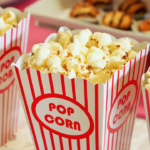
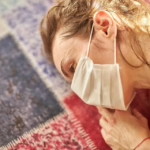



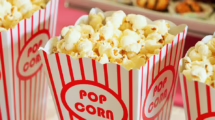







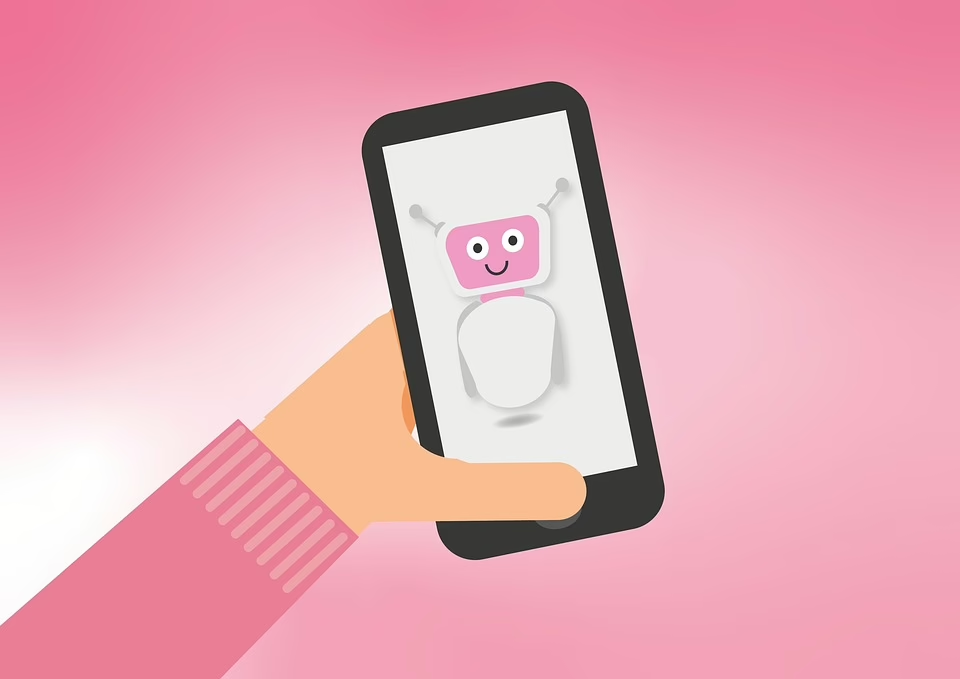
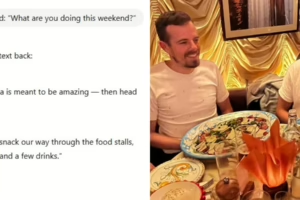
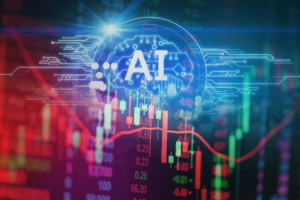
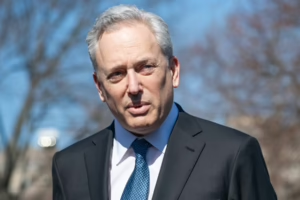
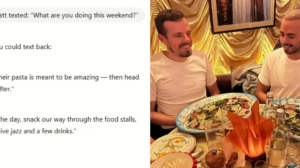
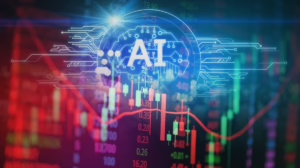
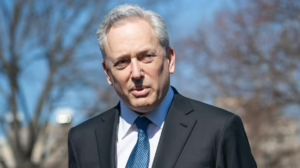




Add Comment